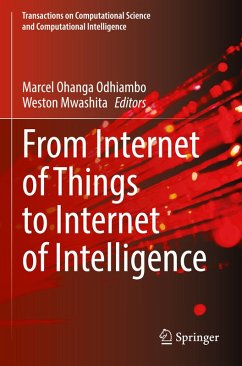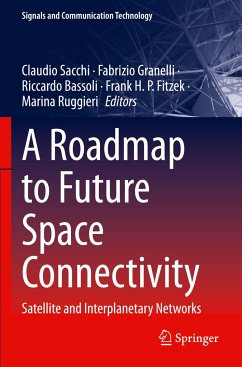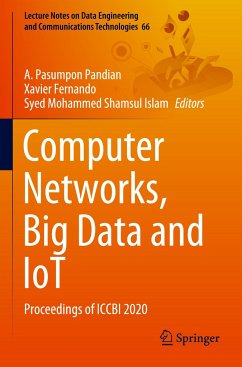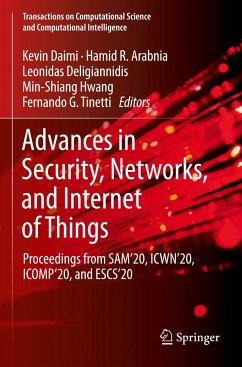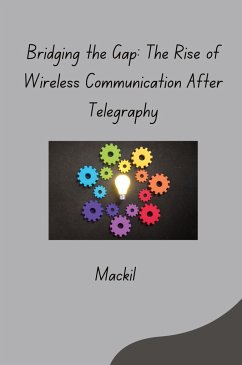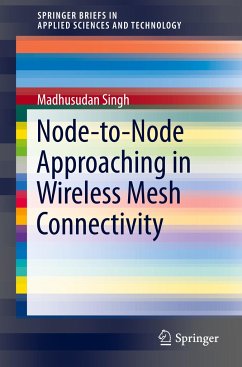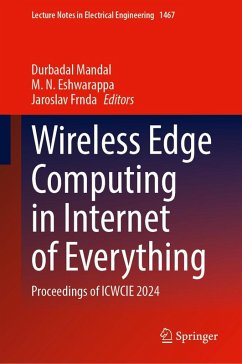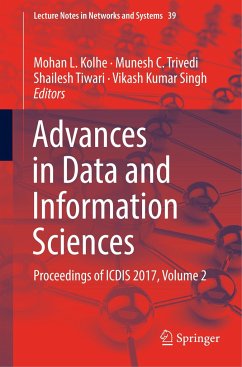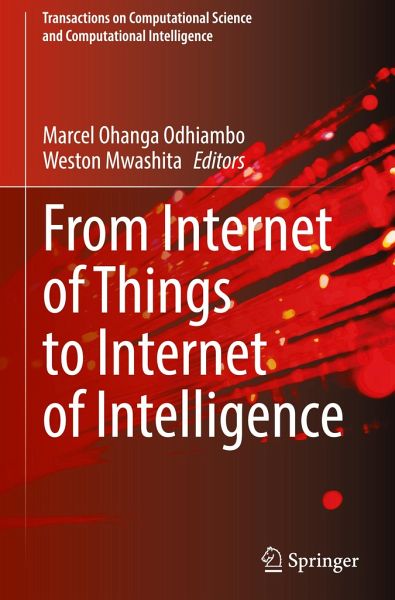
From Internet of Things to Internet of Intelligence

PAYBACK Punkte
53 °P sammeln!
The book focuses on the open challenges associated with the convergence of the Internet of Things and Artificial Intelligence, as accommodated in 6G architecture. The authors discuss how in many fields, such as Natural Language Processing (NLP), interactive computer games, robotics, and multiuser virtual environments, this convergence is likely to have enormously benefits, from artificial intelligence mimicking human intelligence, attempting to simulate human intelligence, and producing a new intelligent machine capable of processing information with human consciousness, behaviour, and thinkin...
The book focuses on the open challenges associated with the convergence of the Internet of Things and Artificial Intelligence, as accommodated in 6G architecture. The authors discuss how in many fields, such as Natural Language Processing (NLP), interactive computer games, robotics, and multiuser virtual environments, this convergence is likely to have enormously benefits, from artificial intelligence mimicking human intelligence, attempting to simulate human intelligence, and producing a new intelligent machine capable of processing information with human consciousness, behaviour, and thinking integrated with appropriate algorithms. The book provides users with the fundamentals of IoT architecture, AI technology, and the architecture of AI and IoT converged networks. Furthermore, to provide hands-on experience with the technology, some proposed systems are discussed, along with their applications in various sectors such as healthcare, transportation, smart homes, production,manufacturing, renewable energy and agriculture. The book will discuss new technological advances, current research trends, and industry requirements. Discussed open challenges in the field will motivate researchers and stakeholders in industry to provide solutions, with some presented in the book to help spark ideas.





